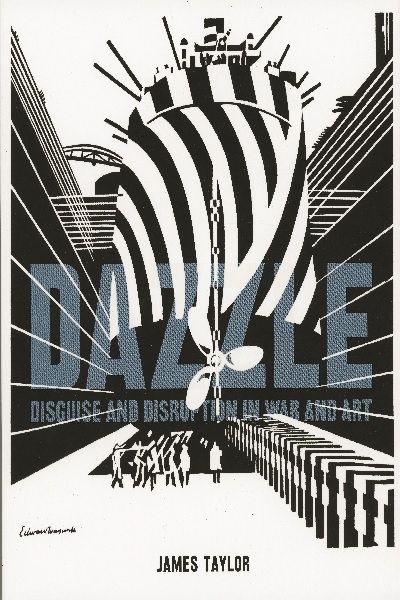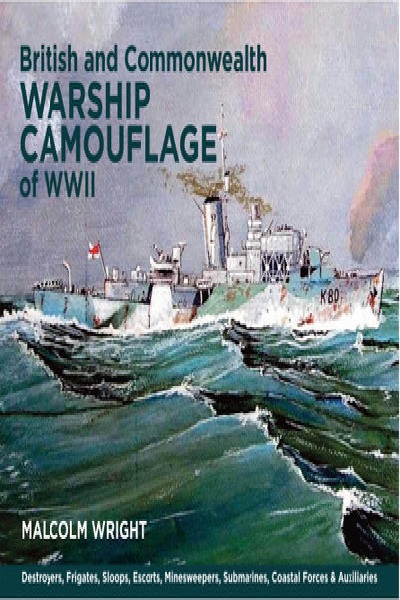Whilst it is a constant throughout history that conflict has inspired and engendered great art, it is much rarer event for art to impact directly upon the vicissitudes of war. Yet, in the course of the First World War, a collision of naval strategy and the nascent modern art movement, led to some 2000 British ships going to sea as the largest painted modernist canvases in the world covered in abstract, clashing, decorative and geometric designs in a myriad of colours. Dazzle had arrived.
Heavily inspired by the Cubism and British Vorticism art movements, dazzle was conceived and developed by celebrated artist and then naval commander Norman Wilkinson. Dazzle camouflage rejects concealment in favor of disruption. It seeks to break up a ship s silhouette with brightly contrasting geometric designs to make a vessel s speed and direction incredible difficult to discern both critical factors in the early years of the torpedo. False painted bow-waves and sterns were used to confuse and throw off the deadly U-boat captains by up to 55%. The high contrast shapes and colours further made it very difficult to match up a ship in the two halves of an optical naval rangefinder.
Some questioned dazzle's effectiveness but, combined with the adoption of the convoy system led to a considerable reduction in the number of merchant ships losses. Dazzle camouflage was adopted internationally first by the US Navy and its use was continued by the major navies right through to the Second World War and beyond, although the development of radar and aircraft range lessened its effectiveness.
This new book traces the development of the Dazzle aesthetic from theory into practice and beyond. It looks at the impact that dazzle was to have on art, especially in the work of Edward Wadsworth, Charles Pears and Wilkinson himself. It takes the story further and looks at how dazzle impacted upon many aspects of art and design from record covers to fashion and also showcases the wonderful tributes that contemporary artists, such as Peter Blake and Tobias Rehberger, have made by painting ships and ferries as a timely means to mark the ongoing centenary of the First World War.






